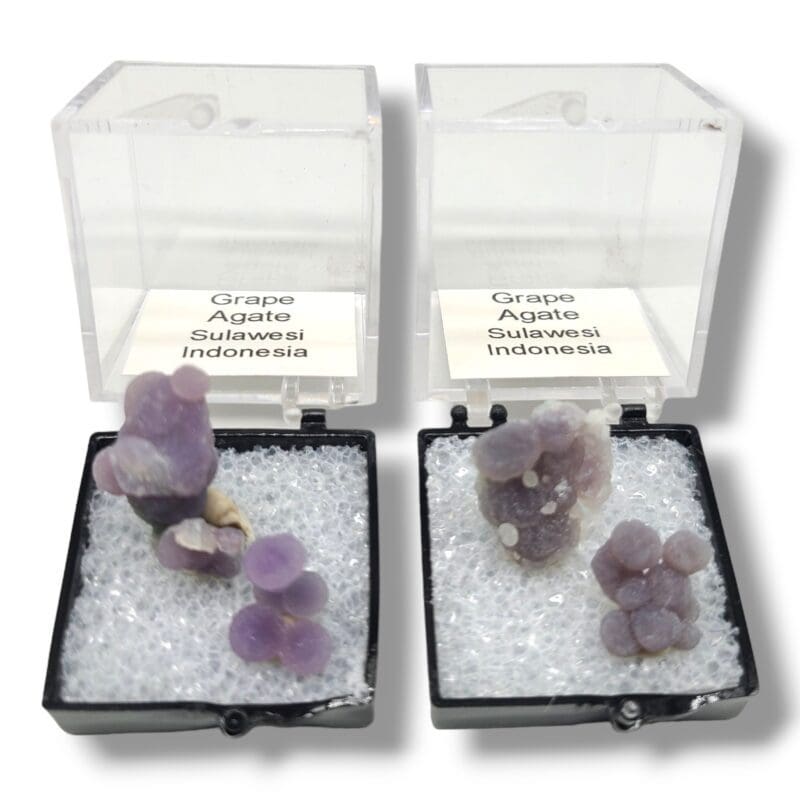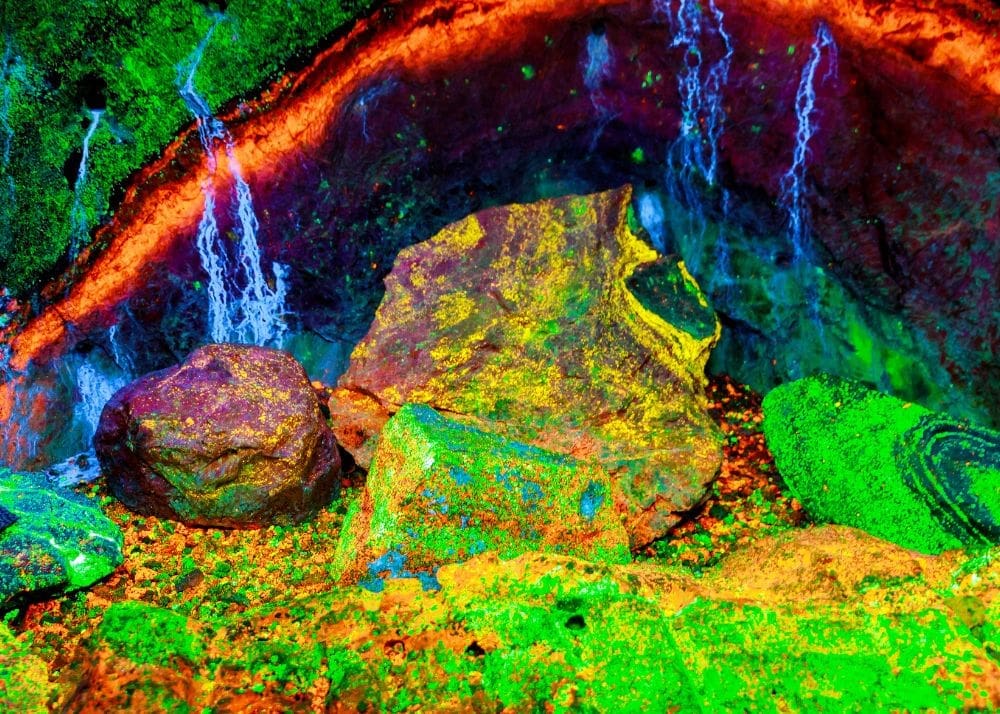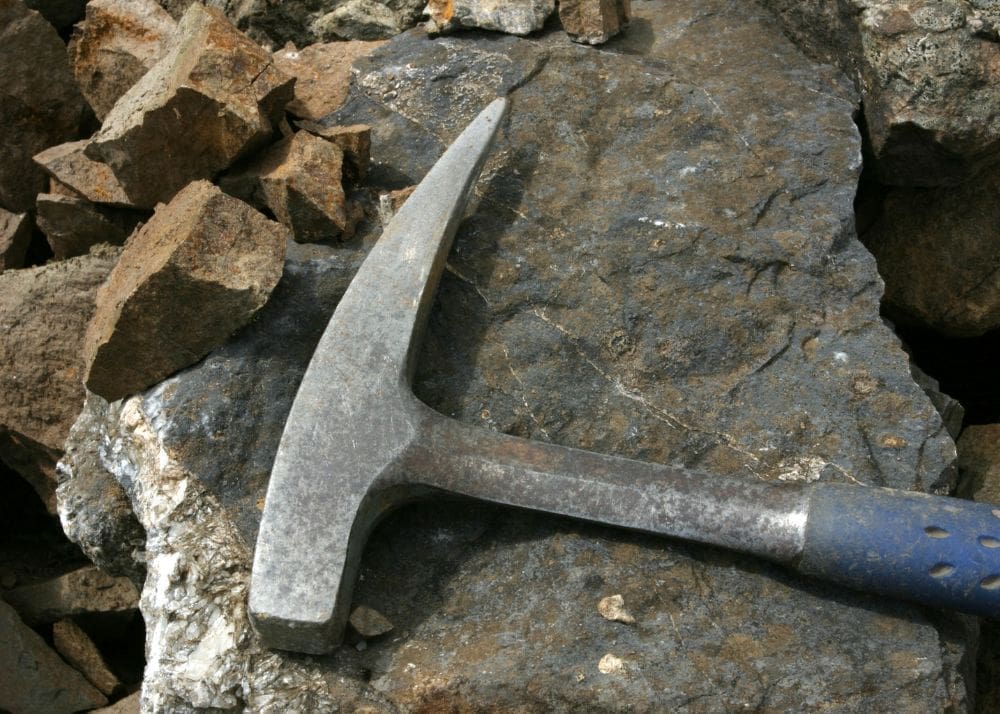Understanding the Essence of Specimen Labels
As we delve into the world of geology and rock collecting, one might not immediately grasp the importance of Specimen Labels. To the untrained eye, these labels are just pieces of paper attached to rock and mineral specimens. But to enthusiasts and serious collectors, they are indispensable keys to a hidden kingdom of knowledge. A Specimen Label holds more than facts; it cradles history, authenticity, and the very identity of the specimen it graces.
The Value in a Small Tag
You might wonder, why are Specimen Labels so crucial? Imagine stumbling upon a beautiful quartz crystal. Without a label, it’s a pretty object, yet its story remains untold. Now, picture the same crystal with a Specimen Label detailing its origins from the cavernous depths of a renowned mine, its journey through history, and the hands it has passed through. This label has just transformed the crystal into a relic of the Earth’s narrative, immensely increasing its value and appeal.
A Detailed Chronicle
Specimen Labels often contain the following vital information:
- The name of the mineral or rock.
- The locality where it was found, often with precise GPS coordinates.
- The date it was discovered or collected.
- The size and weight of the specimen.
- The type of environment in which the mineral formed.
- Any unique features or historical significance.
This data does not just satisfy a collector’s curiosity; it serves as a pedigree, a certification that confirms the specimen’s authenticity and uniqueness.
Example Specimen Label Table:
| Field | Description |
|---|---|
| Specimen Name | Quartz Crystal |
| Label Number | #001234 |
| Locality | Hot Springs, Arkansas, USA |
| Date of Discovery | June 5, 1980 |
| Size | 5 x 2 x 2 inches |
| Weight | 120 grams |
| Mineral Class | Silicate |
| Color | Clear |
| Formation Environment | Hydrothermal veins |
| Previous Owner | John Doe |
| Acquisition Price | $150 |
| Unique Features | Twin crystal formation |
| Remarks | Presented at 1985 Mineral Show |
Specimen Labels: The Collectors’ Diaries
Collectors may view Specimen Labels as personal diaries that chronicle their journey through the world of geology. They collect not just stones but stories—each label is a page in a larger volume of their adventures. Older labels from previous generations add a layer of nostalgia and heritage, turning the act of collecting into a historical pursuit.
Preserving the Label Legacy
Why should this practice be encouraged? Because preserving Specimen Labels is akin to preserving history itself. Each label saved is a commitment to the future—a pledge that the story of each specimen will not be lost to time.
Conclusion: The Label’s Lasting Impact
Specimen Labels are not just tools for organization or identification. They are the narrators of the Earth’s geological saga, the connection between the present collector and the natural world’s ancient past. They ensure that every crystal, every nugget, and every stone tells its tale and retains its deserved glory.
FAQ Specimen Minerals
- What is a Specimen Label?
A Specimen Label is a tag or document that provides important information about a rock or mineral specimen, including its name, origin, and unique characteristics. - Why are Labels important in rock collecting?
They authenticate a specimen’s identity, trace its history, and increase its value to collectors by providing detailed background information. - What information is typically included on a Mineral Label?
Common details include the specimen’s name, the location it was found, the date of discovery, size, weight, and any distinctive features or historical significance. - How do Labels enhance the value of a rock or mineral?
Labels transform ordinary rocks into treasured pieces with a known history and provenance, making them more desirable to collectors. - Can a rock or mineral be considered valuable without a Label?
While it can have intrinsic value, a specimen without a label may be less valuable to collectors due to the lack of traceable history and verified information. - Do all rock and mineral specimens come with labels?
Not all specimens come with labels, especially those that are not part of a curated collection. However, collectors often create labels for significant finds. - Are older Labels valuable?
Yes, older labels have historical value and can be collectible items themselves, offering a glimpse into the specimen’s past and the history of collecting. - Should I keep the Label with the rock or mineral?
Absolutely. Keeping the label with the specimen ensures that its history and authenticity are preserved for future generations. - What should I do if my specimen doesn’t have a label?
If possible, research its origins and create a label with as much detail as you can. Consult experts if necessary. - How do Mineral Labels contribute to the hobby of collecting?
They record the legacy of each piece, foster an appreciation for the geological history, and connect the community through shared knowledge and stories.



